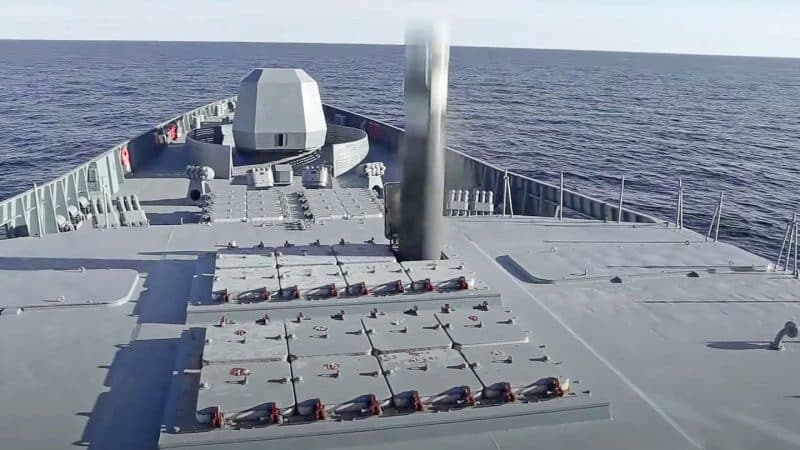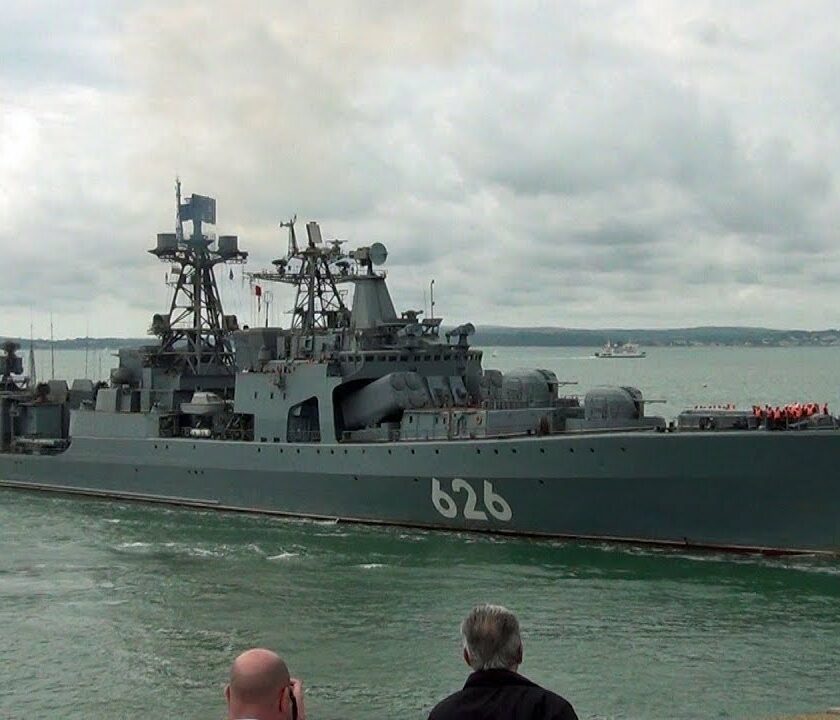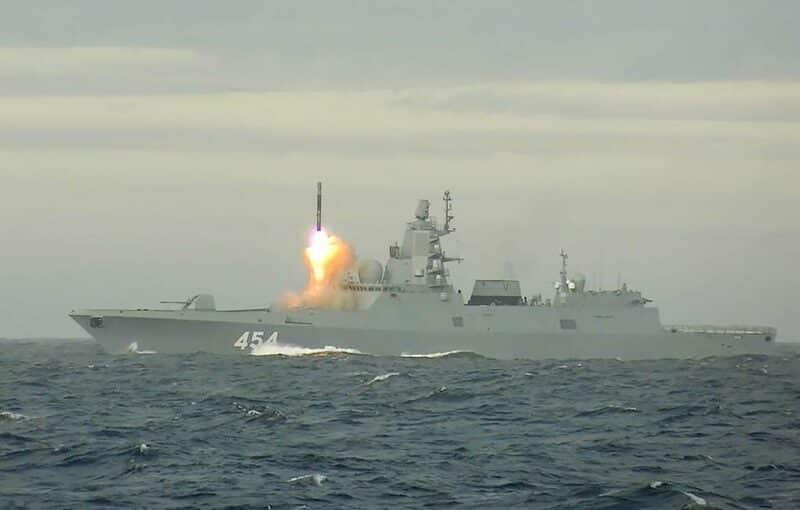In 2015, Vladimir Putin made the modernization of the Russian Navy a priority objective of the country's defense effort. Numerous programs were then announced, from the Lider nuclear destroyer to the Priboy helicopter carrier, including the 2230M Super Gorshkov heavy frigates. Since then, however, most of these programs for the modernization of the Russian High Seas Fleet have been postponed, or are simply no longer addressed by the Admiralty's communication, which concentrates its efforts on the production of submarines. sailors, and lighter naval units.
The fact is, Russian shipyards are struggling today to produce these large surface units, which would allow the Russian Navy to maintain an effective high seas fleet in the future, while the ships that make it up today, reach canonical ages.
In this section:
On the occasion of the ceremony organized by the Russian Northern Fleet Command for the entry into service of the new frigate Admiral Golovko, third of the Admiral Gorshkov class and first unit to have been designed to natively implement the 3M22 Tzirkon hypersonic missile, President Vladimir Putin praised the Severnaya Verf shipyards which built the ship, and more generally, all of Russian shipbuilding.

In his speech, President Putin announced that this shipyard would build, by 2035, a series of small and medium-sized surface units, intended to renew the Russian surface fleet, and that all of these frigates and corvettes would, like the Admiral Golovko, be armed with the famous Tzirkon hypersonic missile.
However, if Russian submarine construction is dynamic, and indeed poses a real problem for NATO navies, the reality regarding the renewal of the surface fleet is much less bright than the official discourse suggests.
A Russian high seas fleet still imposing, but verging on widespread obsolescence
Today, the Russian High Seas Fleet remains largely formed by naval units inherited from the Soviet era. Thus, the single aircraft carrier Admiral Kuznetsov, like the two nuclear cruisers Kirov, the two conventional cruisers Slava and the ten destroyers of the Udaloy and Sovremenny classes, which form the high seas battle corps of the Russian Navy, were all admitted to service between 1985 and 1998.
They now require very significant phases of maintenance and modernization, reducing this fleet by half of its workforce on average, especially since Russian shipyards have experienced numerous incidents during these interventions, sometimes having considerably extended deadlines. return to service.

It is common in this area that the modernization work of these large naval units is spread over several years, as is the case with nuclear cruiser Admiral Nakhimov, modernization of which began in 2015, while the ship is only expected to join the service in 2024.
There are 75% of this article left to read, Subscribe to access it!
The Classic subscriptions provide access to
articles in their full version, and without advertising.
Meta-Defense celebrates its 5th anniversary!

- 20% on your Classic or Premium subscription, with the code Metanniv24
Offer valid from May 10 to 20 for the online subscription of a new Classic or Premium, annual or weekly subscription on the Meta-Defense website.


